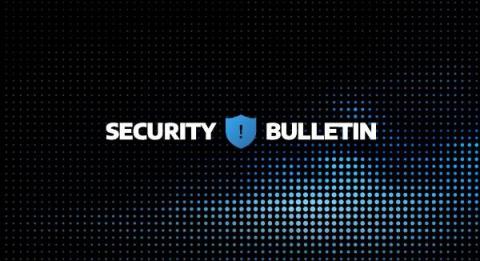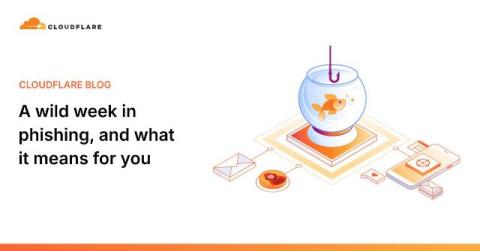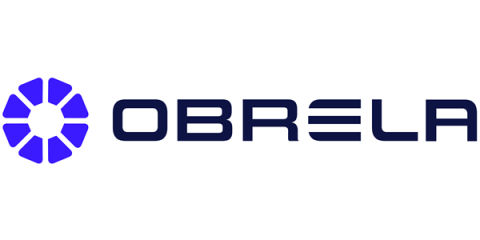X-FILES Infostealer: Unraveling a Potent Threat to Global Cybersecurity
In the dynamic world of cyber threats, the X-FILES stealer has emerged as a particularly dangerous and sophisticated piece of malware. First discovered in March 2021, this malware gained significant attention after a second variant surfaced later that year. Known for its efficiency in targeting vulnerable systems globally, X-FILES has become a top priority for cybersecurity professionals.











